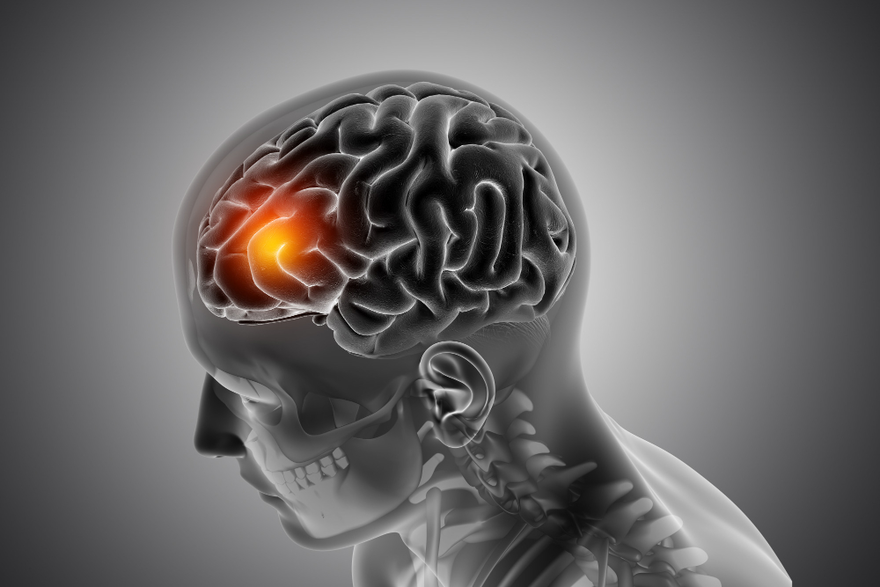Preventive Healthcare
Understanding Whiplash: Symptoms, Treatment & Causes
735 Views
0

What is Whiplash?
Whiplash is caused by a sudden, forceful back-and-forth movement of the neck, often resembling the motion of a whip cracking. Whiplash results in injury to the neck muscles, disks, nerves, and tendons.
Who does whiplash affect?
Whiplash injury can impact individuals of any age, but it tends to be more severe among older adults and women. Individuals over the age of 65 years are at a higher risk of muscle and bone injuries due to whiplash. Additionally, women are twice as likely as men to suffer from whiplash. This is due to differences in neck muscle strength, neck anatomy, hormonal influences, and occupational or behavioural factors.
Moreover, people with pre-existing neck conditions like arthritis are more likely to get a whiplash injury.
What are the symptoms of whiplash?
While in some cases of whiplash injuries, individuals may exhibit no symptoms, in others, severe whiplash symptoms may manifest. Some identifiable indications are:
- Pain can usually occur within 6 to 12 hours of the injury and gradually worsen over the next few days, along with swelling and bruising.
- Other common whiplash symptoms include stiffness, swelling, or tenderness, along with difficulty moving the neck. Muscle spasms, weakness, sensations like 'pins and needles', and numbness in the arms, hands, or shoulders may also be signs of whiplash.
- Trouble concentrating and headaches from whiplash injury are also common indicators.
- Additionally, dizziness, vertigo, tinnitus or ringing ears, swallowing difficulties, or blurred vision might occur.
What causes whiplash?
Whiplash strains neck muscles due to sudden backward and forward movement, leading to stretching and tearing of tendons and ligaments. Possible whiplash causes include:
- Motor vehicle accidents
- Physical abuse, like being struck or shaken
- Participation in contact sports such as football, boxing, and certain martial arts
- Horseback riding
- Collisions or falls while cycling
- Falls resulting in violent backward jerking of the head
- Impact on the head with a heavy object
How is whiplash diagnosed?
Your healthcare provider will inquire about the incident and your symptoms, assessing the whiplash causes and severity. They may also ask how frequently you get whiplash. Some common tests to diagnose the seriousness of whiplash include:
- Evaluation of your ability to perform daily tasks
- Physical manipulation of your head, neck, and arms to assess:
- Range of motion in your neck and shoulders
- Movements that cause pain or worsen it
- Tenderness in your neck, shoulders, or back due to whiplash
- Reflexes, strength, and sensation in your limbs
- Imaging tests like CT scans and MRIs to rule out other conditions like whiplash injury to the cervical spine that may cause neurological damage.
What tests will be done to diagnose whiplash?
In addition to a thorough health history and physical examination, diagnostic tests for whiplash may include:
- X-ray: Utilising electromagnetic energy beams to capture images of internal tissues, bones, and organs around the neck and shoulders. However, many whiplash injuries involve soft tissue damage which may not visible on X-rays
- MRI (Magnetic Resonance Imaging): Generating detailed images of neck and soft tissue structures using large magnets and a computer to determine whiplash damage
- CT scan (Computed Tomography): Combining X-rays and computer technology to produce detailed images of various body parts, including bones, muscles and fat in the neck region. CT scans offer higher detail than conventional X-rays to confirm whiplash.
What are the treatments for whiplash?
Whiplash treatments are tailored to the extent of the injury and include medications, pain management, and physical therapies.
- Pain management options for whiplash are:
- Rest (limited to a day or two to avoid hindrance to healing)
- Application of heat or cold pack to the neck
- Over-the-counter whiplash pain relievers like acetaminophen or ibuprofen
- Prescription medications or muscle relaxants, especially in cases of severe nerve pain
- Numbing shots like lidocaine for targeted pain relief
- The exercise regimen for whiplash is usually gentle and easy, like:
- Neck rotation, tilting, bending, and shoulder rolling
- Stretching and movement exercises prescribed by a healthcare professional
- Physical therapy addresses ongoing pain or range-of-motion issues in whiplash, focusing on muscle strengthening, posture improvement, and movement restoration.
- Transcutaneous electrical nerve stimulation (TENS) can also be used as whiplash treatment by relieving pain in the neck using mild electric current
- Alternative treatments for whiplash are acupuncture, chiropractic care, massage, or mind-body therapies like yoga and tai chi.
How can I reduce my risk or prevent whiplash?
You can minimize the risk of whiplash injury by adopting the following measures:
- While driving or riding in a vehicle, ensure that your seat belts are correctly adjusted
- Ensure that the car headrests are aligned to the middle and as close to the back of your head as possible, minimising whiplash on sudden collision
- To reduce the risk of whiplash, drive safely by maintaining a safe following distance and avoiding abrupt stops or acceleration.
- Wear appropriate protective clothing during sports or activities where there is a risk of neck injury, especially whiplash
- Strengthen neck muscles with gentle exercises recommended by a healthcare provider
- Consider utilizing head and neck support systems during high-impact activities like horseback riding or cycling to avoid whiplash.
How long does whiplash last?
The majority of individuals with whiplash, particularly those with milder cases, can recover within a few days to a few weeks. However, for more severe instances of whiplash, the healing process may extend over 4 weeks or even 2-3 months.
What is the outlook for whiplash?
Recovery from whiplash can be unpredictable and varies greatly. While some may experience improvement within weeks or months, for others, it can persist for a year or longer. Extended periods of severe pain in whiplash may hinder daily activities, impacting work and leisure and potentially leading to anxiety or depression. However, maintaining a positive outlook and concentrating on whiplash treatment goals can be beneficial.
Conclusion
In case of abrupt jolt and sudden strain on your neck and consequent pain or unease, consult a doctor to rule out the possibility of whiplash. Depending upon the diagnostic tests and severity of symptoms, the doctor may suggest medication or pain management therapies in the whiplash treatment plan. However, it is important to seek support to navigate the physical and emotional challenges associated with whiplash.
Metropolis Labs offers the convenience of at-home testing and sophisticated diagnostics, making managing your health easier than ever. Through its comprehensive services, Metropolis Labs ensures that you receive the care you need promptly and efficiently.
 Home Visit
Home Visit Upload
Upload














1701259759.webp)









 WhatsApp
WhatsApp